News& Information
-
Medical Trends
 Home -> News& Information -> Medical Trends
Home -> News& Information -> Medical Trends
Are you wearing your mask correctly?
The outbreak of the novel coronavirus (COVID-19) is not over yet. In order to protect yourself and prevent the virus from spreading, it is very important to wear masks correctly. There are not enough masks available for everyone, and there may be only a few masks in the family. It is very important to wear masks correctly so that these few available masks are not wasted.
Today, let's learn how to wear masks correctly.
Error 1: Respiration leaking
People who wear glasses all have had a similar experience: once they put on the mask, glasses become foggy.

Foggy glasses indicate that the mask is not worn properly.
Because the upper part of the mask does not fit on both sides of the nose, the air that is exhaled will flow across eyeglasses. For that same reason, airborne viruses and other harmful pathogens also pass through the gap between the mask and the cheeks.
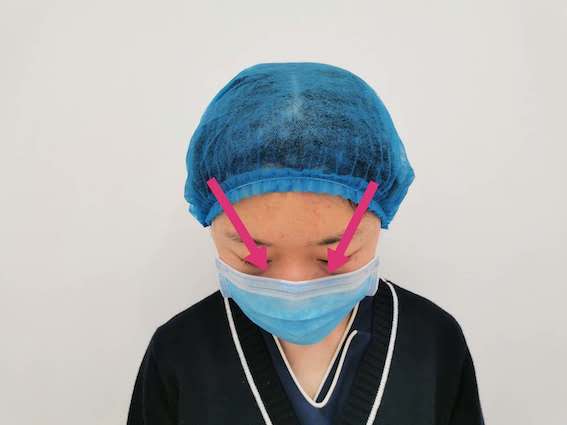
A Japanese TV Station conducted an experiment, and found that the leakage rate of harmful substances was 100% while wearing a mask that does not sit properly against the face, closing the gaps. In other words, wearing a mask like this is like not wearing a mask at all.
The correct way is to:
After putting the mask on, press and hold it against both sides of the nose to push it close to the skin. Do the same on the chin. The tighter it is, the better.
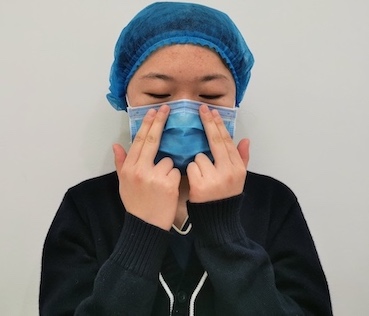
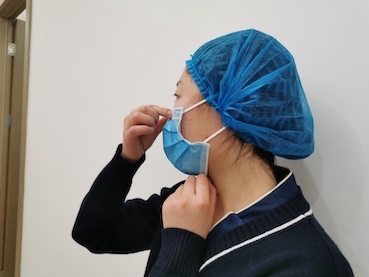
Error 2: Wearing a mask inside out or upside down
The right thing to do is:
When wearing the mask, the side with a lighter color should be inside - and vice versa - the dark color should be outside. The nose clip indicates which way the mask is upright.
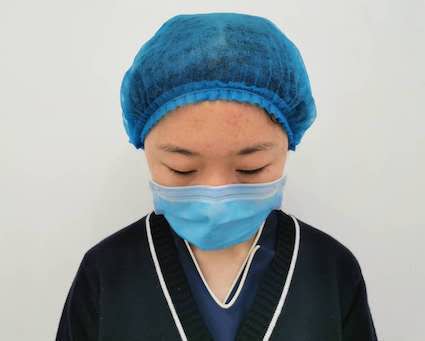
Why should you distinguish between the dark and light colored sides of the mask?
The mask has a multi-layer structure. Using the common disposable surgical mask as an example, there are three layers in total. The outer layer blocks water, the middle layer blocks particles, and the inner layer absorbs moisture.
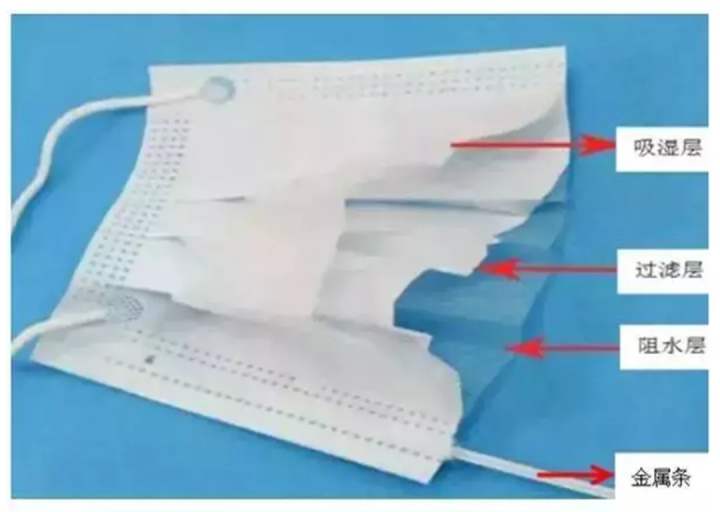
The air exhaled by people is relatively moist. The inner layer is in direct contact with the nose and mouth. It can absorb moisture and keeps the mask dry, which helps block pathogens.
If it is worn inside out, the outer layer facing inward, then the exhaled water vapor cannot be absorbed by the mask. A wet mask will lose its pathogen blocking effect.
Error 3: Touching the outer layer of the mask while removing it
Many people take off their masks like this:
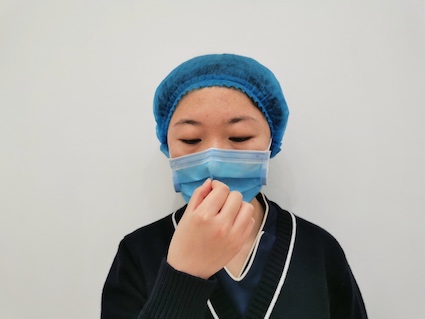
As masks block harmful pathogens, the outermost layer becomes the dirtiest.
Novel coronavirus spreads mainly through droplet transmission and contact transmission. Although the mask will block the droplets, the outer layer of the mask will contain the virus – which will spread if you touch the surface of the mask with our hands. If you forget to wash your hands, and touch your nose or rub your eyes, the virus will enter your body. The mask, originally used to block the virus and bacteria, has become a source of the disease.
The right way to remove the mask:
Do not touch the outer layer of the mask. Simply hold the ear string and pull it off. Wash hands immediately after taking off the mask. Do not take off the mask when it is not possible to wash hands.
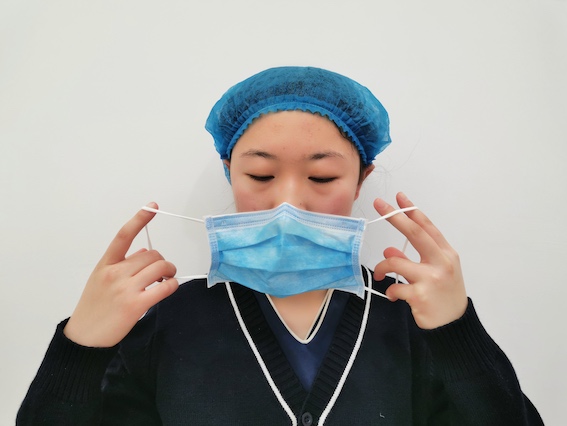
Error 4: Taking off the mask when sneezing or coughing
It has been found that many people who wear masks pull them down when they begin to sneeze or cough. In fact, it is wrong to do so.
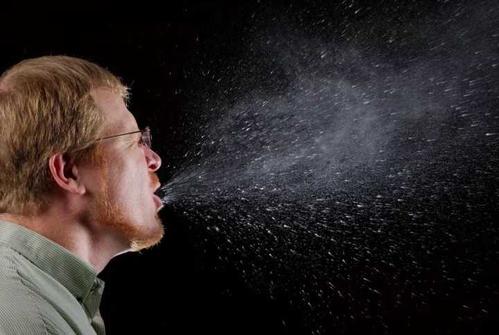
When coughing or sneezing, if you don't wear your mask, droplets will spread through the air several meters away, potentially infecting people around you.
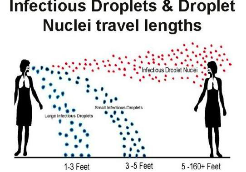
The purpose of wearing masks is not only to prevent external pathogens from entering our bodies, but also to prevent the re-transmission of infection to other people. Masks are designed to cut off the spread of droplets both ways.
This is particularly important in public spaces with dense population and poor air circulation, such as buses, subways, and shopping malls.
Another important point is that if you are not wearing a mask, do not cover your nose and mouth with your hands when sneezing. The droplets from sneezing will splash on your hands, and disease will spread when you touch elevator buttons, handrails, or any other objects with your hands – infecting other people who touch the same objects.
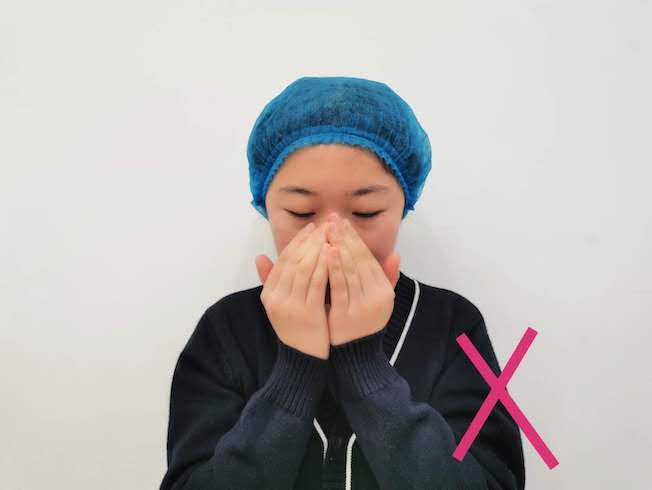
The right approach is:
Do not take off the mask when sneezing or coughing. If you are not wearing a mask, you must cover your nose and mouth with a paper towel, or your sleeve at elbow level. Contaminated paper towels need to be discarded immediately.
Although the droplets will attach to clothing, this method will effectively block the spread of pathogens. This method is also recognized by the Center for disease prevention and control of the United States.
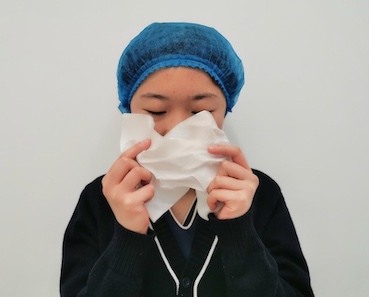
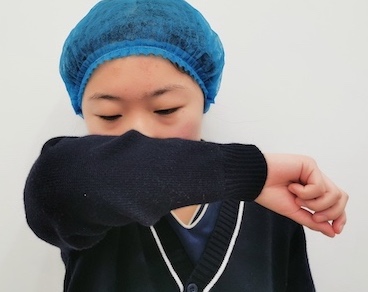
It is important to wear a mask, but only by wearing it correctly we can protect ourselves and block the spread of the disease




